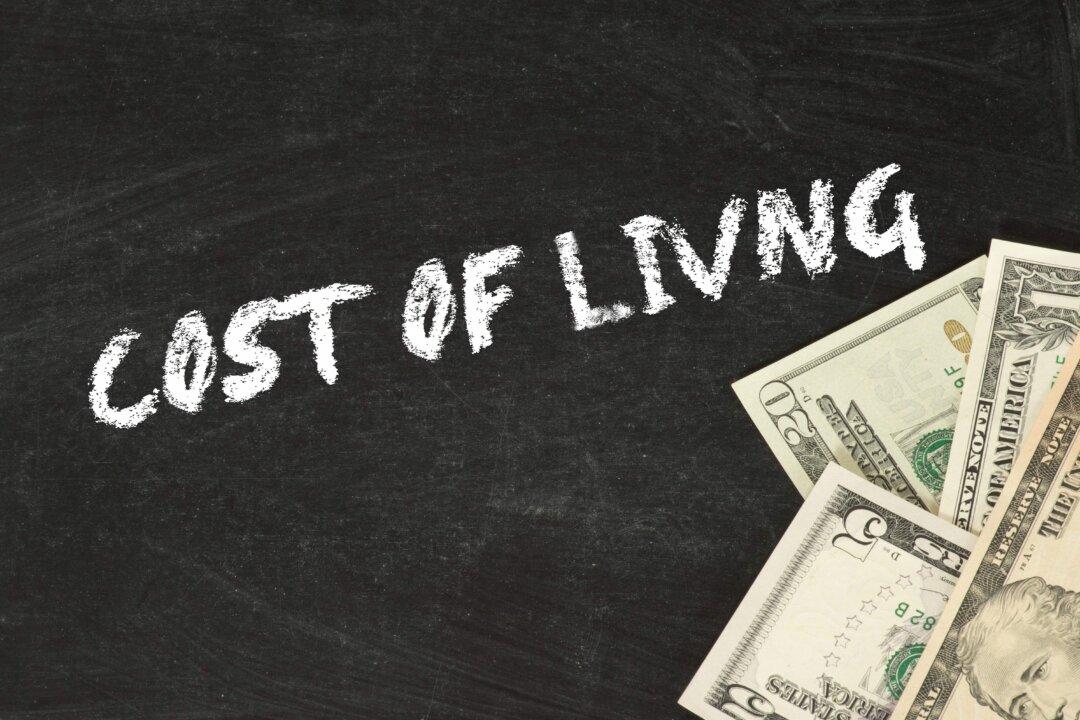Money flows in November and December as Americans prepare for the holiday season. But many are finding themselves cash-strapped going into the shopping season. Still, high prices are stretching paychecks.
A large percentage of Americans are finding themselves living paycheck to paycheck under normal circumstances, let alone the holiday season. But how bad is it?






